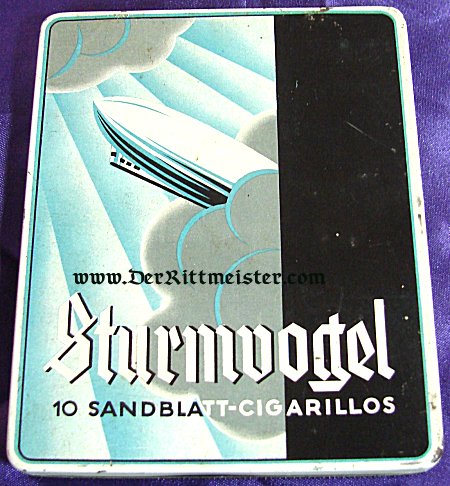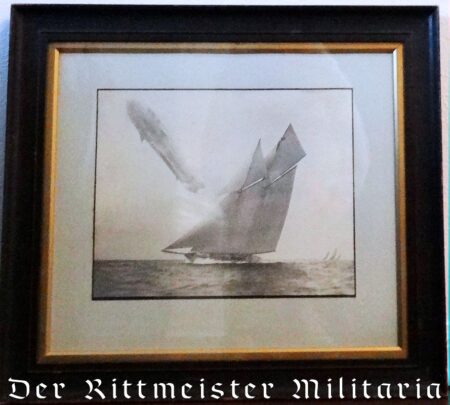Description
GERMANY – TABLE MEDAL – ZEPPELIN – LZ 126 – HUGO ECKENER
This table medal commemorates the LZ 126. The LZ 126 was built in post war Germany during 1923-1924. The purpose of it building the LZ was in part to keep the Zeppelin Company in operation and it was also a part of war reparations for WW I.
Upon completion it was flown from Germany to the U.S. where it was turned over to the U.S. Navy. The obverse of the table medal shows a high relief likeness of Dr. Hugo Eckener (1868-1954). Eckener had been the designer of Zeppelins after 1908. He received his license to pilot airships in 1911. Following that he would personally train all Navy and Army Zeppelin pilots.
In 1917 Graf Zeppelin passed away and Eckener managed to keep the Zeppelin company afloat. His further thinking was by personally flying the LZ 126 to the U.S. which was renamed the U.S.S. Los Angeles by the U.S. Navy that he could demonstrate the viability of travel across the Atlantic Ocean and even further.
This successful demonstration saved the company and lead to the production of the “Graf Zeppelin” and the “Hindenburg” and lead to around the world flights and a steady flow of operations between Germany, the U.S. and South America. Travel of Zeppelin was faster than boat and long range fixed wing aircraft would not come until the late 1930’s.
Of course the explosion of the “Hindenburg” in 1937 and the cessation of Zeppelin service really opened the door for Pan American Airways to institute service with luxurious flying boats.
The reverse of the table medal shows a Zeppelin over the water with the New York skyline in the background. Below that is flight information on the departure from Germany and arrival over Boston, New York, and Naval Air Station at Lakehurst, New Jersey which was also the site of the explosion of the “Hindenburg” in 1937. On the edge of the table medal, we see that it is hallmarked for .800 silver.
The table medal is in very fine condition and has a wonderful patina and has not been cleaned in decades if ever.




